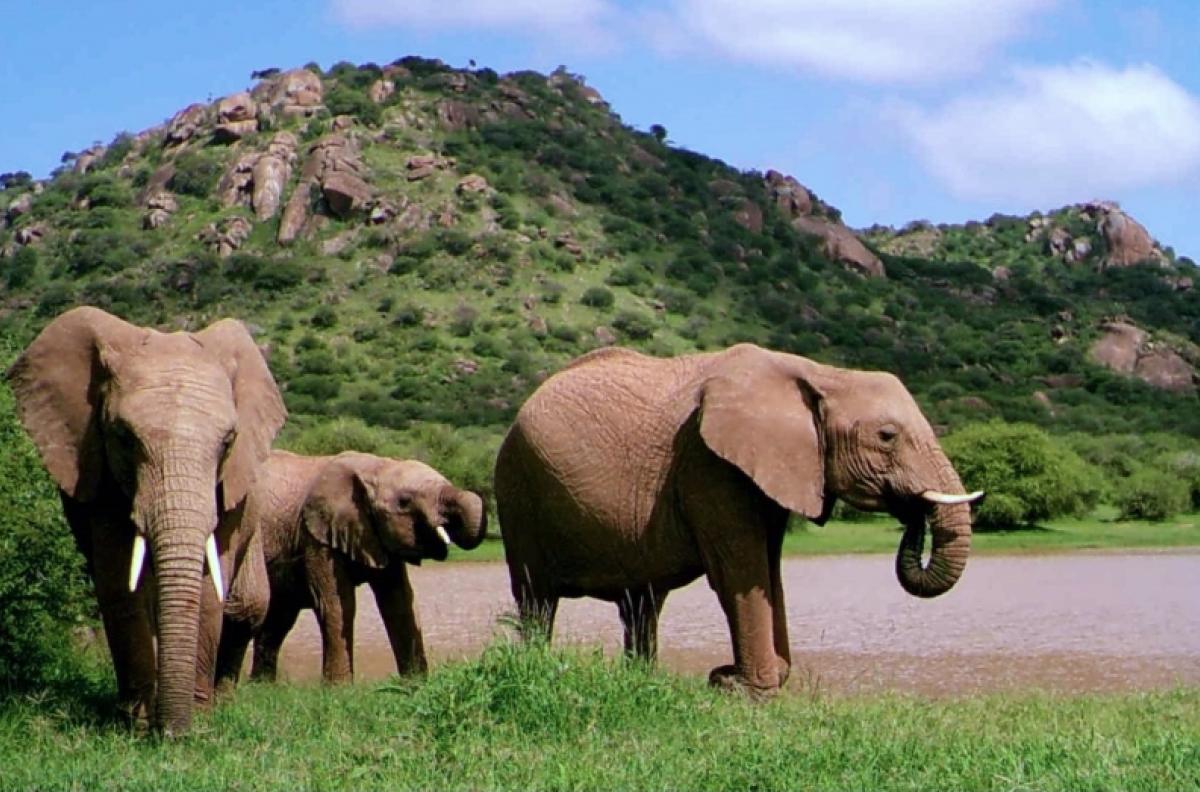
Herbivore activity, soil conditions, precipitation and even time of year can all affect the vegetation around a water source. Photo Credit: Naisikie Mantas
Plants need water to grow. So if there’s water, shouldn’t there be more plants? New research out of UC Santa Barbara and Mpala Research Centre in Laikipia, Kenya shows it’s a lot more complicated than that.
“You might think that water sources in arid locations have more plants,” said lead author Georgia Titcomb, a postdoctoral researcher at UC Santa Barbara. “We found that, in really arid locations, herbivores come for water, and trample and eat the plants, so there is a lot more bare ground or very well adapted grazing lawn grasses.” But that’s not the case everywhere on the savanna.
The researchers gathered data on watering hole communities over the course of two years to investigate how herbivore activity affects vegetation on the savannas of central Kenya. They determined that the impacts depend a lot on environmental conditions. Their study appears as a cover story in the journal Ecological Applications.
The authors found the effect of herbivores on the plant communities around these water sources differed depending on the context. Under favorable conditions for plants, the diversity of plants increased in proximity to water.
Meanwhile, under more arid conditions, increased herbivore activity around water led to fewer plants and plant species.
“This work offers critical insight into how changing patterns of animal movement and aggregation — such as the gathering of animals at watering holes — can change entire communities and ecosystems,” explained co-author Hillary Young, an ecology professor at UC Santa Barbara.
“Humans are changing every part of our environment,” Titcomb added. “We’re re-sculpting the landscape, and so having some knowledge of those effects on plant communities will be important when thinking about management of wildlife and domestic animals.”
“Work like this — which considers both changes in environmental conditions and animal movement — will be critical to understanding and managing ecosystems in this era of global change,” Young said.